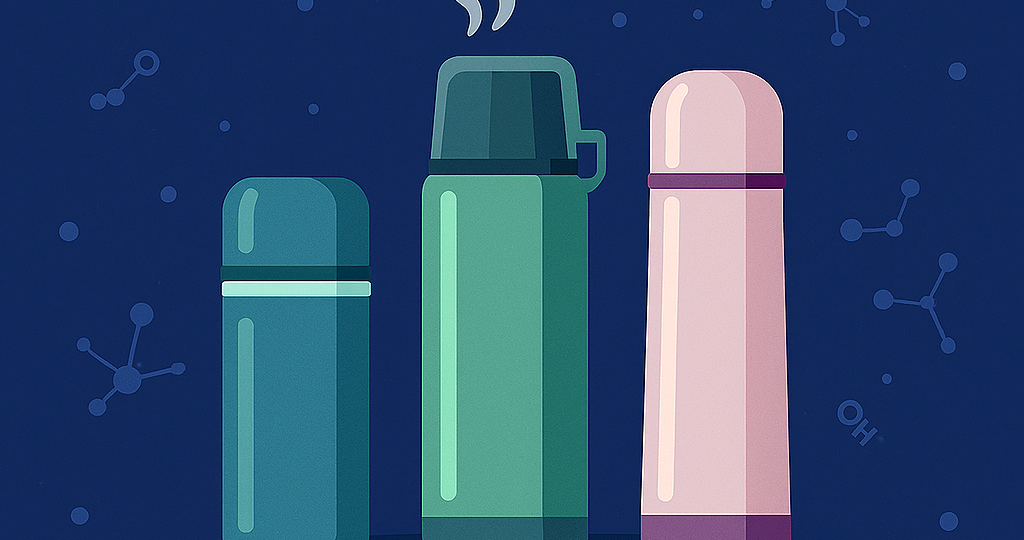
Ever grabbed a flask on your way to class or a hike and thought, “It’s just a bottle, right?” Wrong. That little gadget is actually a mini-engineering marvel designed to cheat nature and keep your drinks at just the right temperature.
Most flasks you see—think Thermos-style or double-walled metal bottles—work on the principle of insulation. The key is the vacuum layer between two walls. A vacuum is basically empty space, which means there’s nothing to carry heat from the inside to the outside (or vice versa). No air, no conduction, no convection—your coffee stays piping hot, and your water stays icy cold. Some flasks even add reflective coatings to bounce heat back into the liquid, further reducing energy loss.
It’s not just about keeping drinks comfy—it’s physics in action. Heat naturally flows from hot to cold, a basic principle called thermodynamics. Flasks slow this flow down using clever tricks, turning something that would normally cool or warm in minutes into a beverage that lasts hours. Some scientists and engineers even test flasks by measuring temperature decay over time, optimizing wall thickness, vacuum quality, and lid design.
Historically, the modern vacuum flask was invented by Sir James Dewar in 1892. He was a chemist and physicist experimenting with liquefied gases—he needed a container that could keep substances extremely cold without losing heat to the environment. Dewar’s flask eventually became the Thermos we know today, bridging laboratory science and everyday life.
RELATED POSTS
View all


